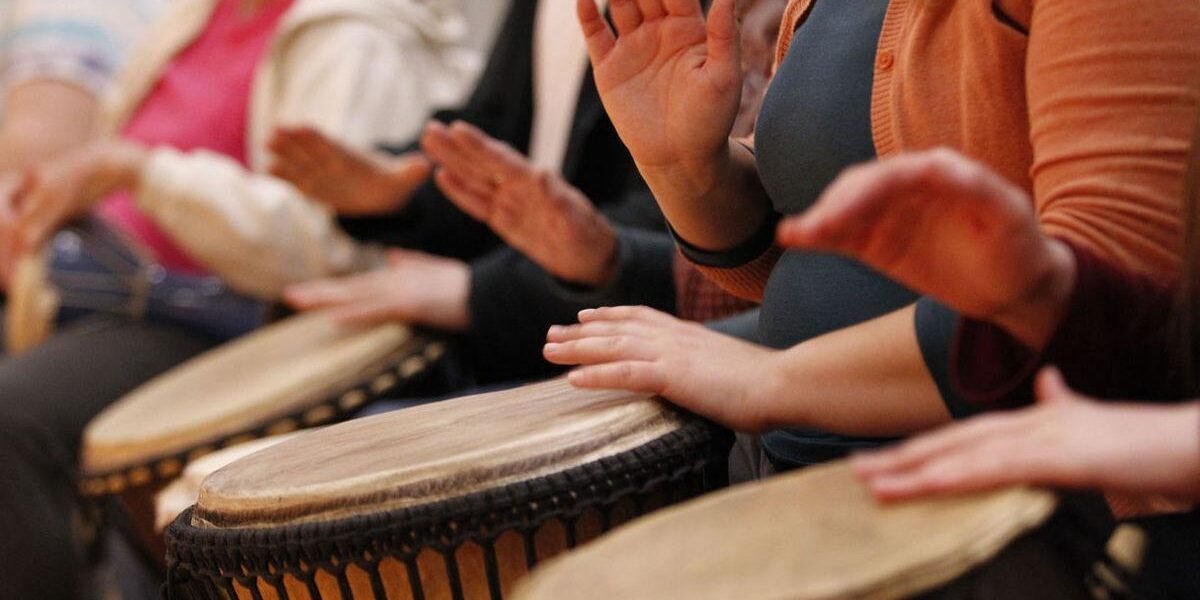When we say we are ‘observing’ congregational life, we often think about using our eyes to see what people are doing and using our ears to listen for the words used. But what else can our ears tell us?
That’s a question the American Religious Sounds Project has been asking. Since 2014, scholars from Michigan State University and The Ohio State University have been collecting an archive of sounds from America’s diverse religious communities – from outdoor shofar blowing to Shape Note singing to Buddhist chanting and children singing in a cathedral.
Partly they are eager to provide their archive of sounds as a teaching and research resource, but what they have done also suggests new ways for congregational observers to “tune their ears.”
- What makes a sound ‘religious’?
- What makes a sound ‘out of place’ in a particular religious setting?
- How do religious communities adapt in noisy environments?
- How is silence cultivated, if at all?
- What might you learn if you tuned in to the “stray” sounds in a service?
If you (or your students) are planning to do any congregational observation soon, try adding some intentional listening to the mix!
“An archive of sounds from America’s diverse religious communities”

